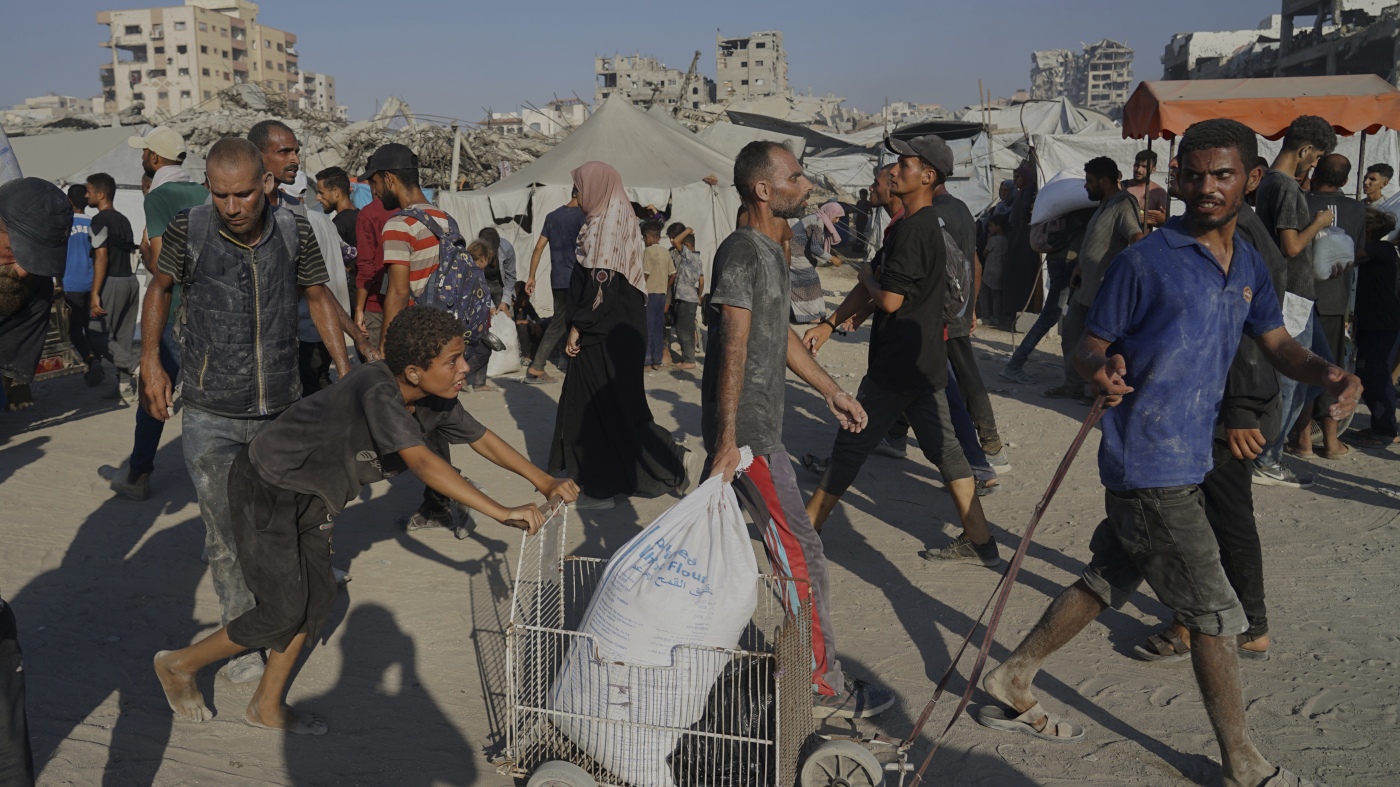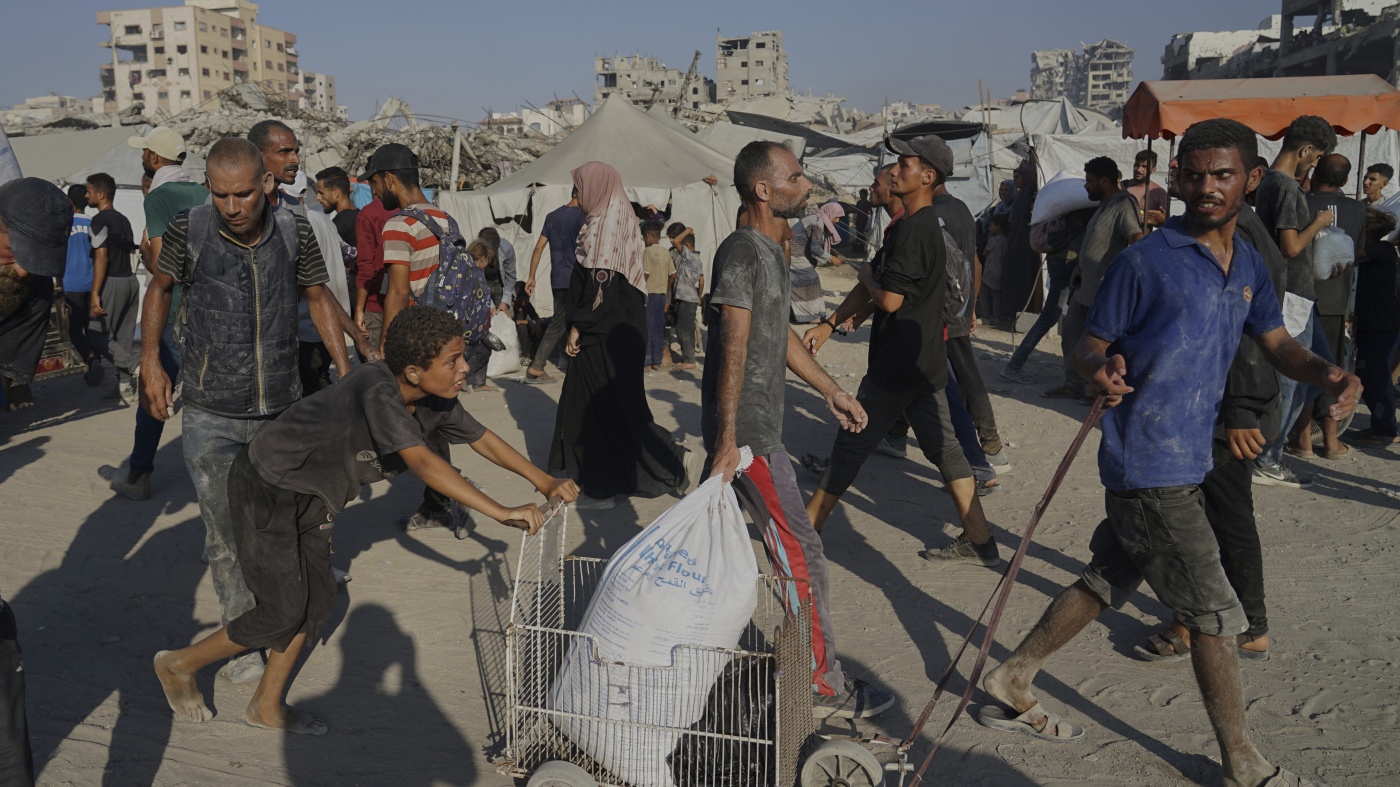The Complexities of Israel’s “Tactical Pause” in Gaza
Understanding the Context
The conflict in Gaza is a multifaceted crisis that has been ongoing for decades, with the latest escalation marking a particularly brutal chapter. The term “tactical pause” has emerged as a significant development, but its implications are far from straightforward. To grasp the significance of this pause, it is essential to understand the broader context in which it occurs.
Gaza, a densely populated territory, has been under blockade for over 15 years, a situation that has severely restricted the movement of people and goods. The ongoing conflict has exacerbated this isolation, leading to a dire humanitarian crisis. The United Nations and other international organizations have repeatedly warned of the catastrophic consequences of the blockade, including food insecurity, lack of access to clean water, and inadequate healthcare.
The Nature of the Tactical Pause
The Israeli military’s decision to implement a “tactical pause” is a response to the escalating humanitarian crisis. However, the term “tactical” is crucial in understanding the nature of this pause. Unlike a ceasefire, which implies a mutual agreement to halt hostilities, a tactical pause is a unilateral decision by one party to temporarily suspend certain military operations.
In this case, the pause is limited to specific areas and times, allowing for the delivery of humanitarian aid. The stated purpose is to address the urgent needs of the population, particularly the surging hunger and malnutrition. However, the limited scope and duration of the pause raise questions about its effectiveness in alleviating the broader humanitarian crisis.
Humanitarian Aid and Its Challenges
The primary objective of the tactical pause is to facilitate the delivery of humanitarian aid. This includes food, water, medical supplies, and other essential resources. The pause is intended to create a window of opportunity for humanitarian organizations to operate more effectively and for civilians to access these vital supplies.
However, the delivery of aid in Gaza is fraught with challenges. The damaged infrastructure, logistical bottlenecks, and security concerns all pose significant obstacles. Ensuring that aid reaches those who need it most requires careful planning, coordination, and a sustained effort.
Moreover, the limited scope and duration of the pause may not be sufficient to address the deeply entrenched needs of the population. The humanitarian crisis in Gaza is the result of years of blockade and conflict, and a temporary pause in fighting is unlikely to provide a lasting solution.
International Pressure and Geopolitical Considerations
The decision to implement a tactical pause comes amidst a crescendo of international criticism regarding Israel’s conduct in the conflict. The scale of civilian casualties, the destruction of infrastructure, and the restrictions on humanitarian access have drawn condemnation from various international organizations and governments.
In this context, the tactical pause can be seen as a response to international pressure. By taking steps to alleviate the humanitarian crisis, Israel may be attempting to mitigate the criticism and improve its international standing. However, skeptics argue that this is merely a public relations exercise, designed to deflect attention from the underlying issues of the conflict.
Tactical Implications and Military Strategy
While the stated purpose of the pause is humanitarian, the term “tactical” suggests a military dimension as well. This raises the possibility that the pause could serve strategic objectives for the Israeli military.
For example, the pause could be used to gather intelligence, reposition troops, or prepare for future operations. It could also be intended to create a window for civilians to evacuate specific areas, thereby reducing the risk of civilian casualties during subsequent military actions. The potential for such tactical exploitation underscores the complexity of the situation and the need for careful monitoring.
The Perspective from Gaza
The response to the tactical pause from within Gaza is likely to be complex and varied. While the prospect of increased humanitarian aid and a temporary reprieve from fighting is undoubtedly welcome, there is also likely to be a degree of skepticism and mistrust.
Many Gazans have experienced previous ceasefires and pauses in fighting that have been short-lived or ineffective. They may fear that this pause is merely a prelude to renewed hostilities, or that the aid provided will be insufficient to address their needs. Building trust and ensuring the sustained delivery of humanitarian assistance will be crucial to gaining the confidence of the Gazan population.
Challenges and Uncertainties
The success of the tactical pause in achieving its humanitarian objectives is far from guaranteed. Several challenges and uncertainties could hinder its effectiveness.
Security Concerns: Even during the pause, the security situation on the ground remains precarious. The risk of renewed fighting, rocket fire, or other security incidents could disrupt the delivery of aid and endanger civilians.
Logistical Constraints: The damaged infrastructure and logistical bottlenecks in Gaza could impede the efficient distribution of aid. Ensuring that supplies reach those who need them most will require careful planning and coordination.
Coordination Challenges: Effective coordination between the Israeli military, humanitarian organizations, and local authorities is essential. Miscommunication or conflicting priorities could undermine the effectiveness of the pause.
Limited Scope: The limited geographic scope and duration of the pause raise questions about its overall impact. Addressing the widespread humanitarian crisis in Gaza will require a more comprehensive and sustained effort.
The Path Forward
The tactical pause represents a fragile hope amidst the ongoing conflict in Gaza. While the stated intention to address the surging hunger and humanitarian crisis is laudable, the effectiveness of this measure will depend on several factors. These include the sustained commitment to the pause, the efficient delivery of humanitarian aid, and the building of trust with the Gazan population.
This tactical pause should be viewed not as an end in itself, but as a potential stepping stone towards a more lasting resolution of the conflict. It highlights the urgent need for a comprehensive ceasefire, a lifting of the blockade, and a sustained effort to rebuild Gaza and address the underlying causes of the conflict. Only then can the people of Gaza hope to live in peace, security, and dignity.
A Call for Lasting Change
The “tactical pause” serves as a stark reminder of the devastating human cost of the Israeli-Palestinian conflict. It underscores the urgent need for a comprehensive and lasting solution that addresses the root causes of the conflict and ensures the rights and security of both Israelis and Palestinians. A true and lasting peace requires more than just temporary pauses; it demands a fundamental shift in perspective, a commitment to dialogue, and a willingness to compromise. Only then can the cycle of violence be broken and a future of hope and prosperity be built for all.








